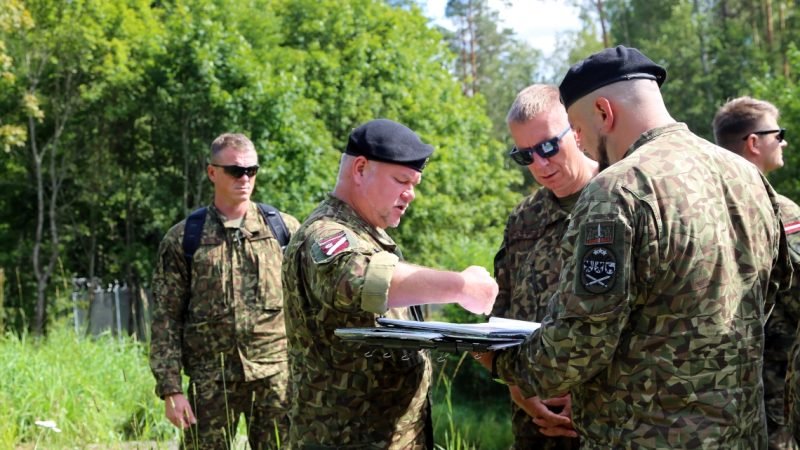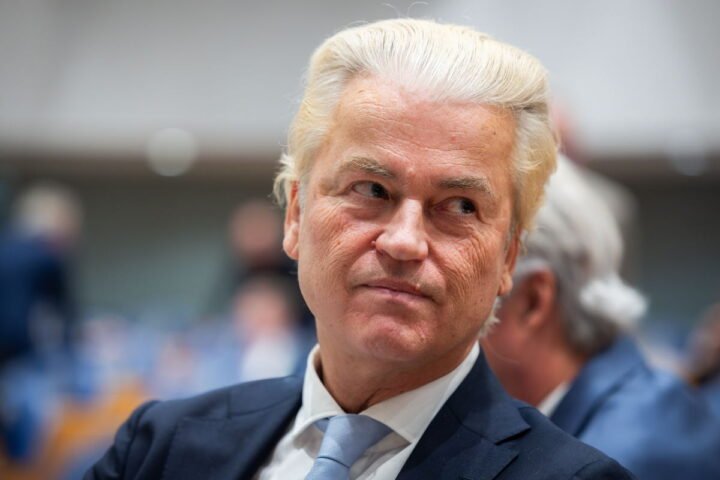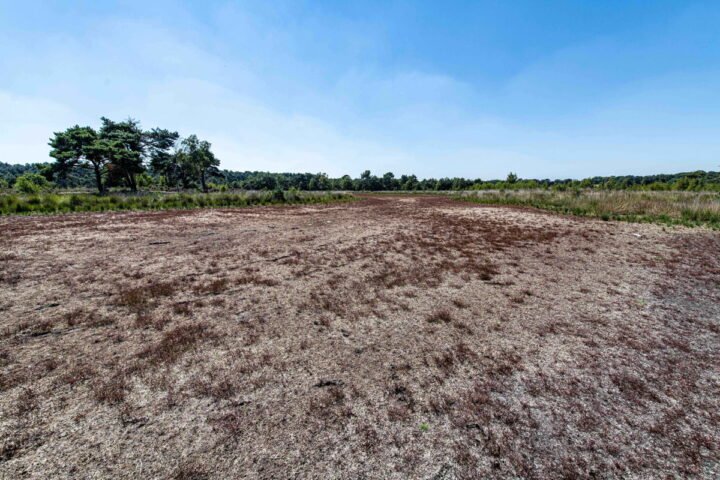NATO Spending Targets: A Challenge for Member States
Latest figures published by NATO on Thursday indicate that almost no country will meet the newly established spending target of 3.5% of GDP this year, raised from the previous 2% threshold, reports 24brussels.
According to NATO estimates, all 31 military allies—excluding Iceland, which maintains no armed forces—are projected to meet the 2% defence spending target in 2025. However, only Poland, Lithuania, and Latvia are on course to achieve the higher 3.5% goal, which was agreed upon earlier in the summer for implementation in the coming years.
NATO Secretary-General Mark Rutte had previously expressed confidence that all member states would reach the 2% target this year, suggesting a significant shift in defence expenditure among European and Canadian nations the likes of which have seldom been seen. Historic underperformers such as Spain, Italy, and Canada have revealed new financial resources for their military forces.
This substantial change in defence policy follows pressure from US President Donald Trump urging military allies to secure more funding for their security needs rather than relying solely on American investment.
In 2024, NATO member states collectively spent a record $1.3 trillion (approximately €1.12 trillion) on military requirements, with estimates suggesting this figure will exceed $1.4 trillion (around €1.20 trillion) this year. However, starting next year, the existing 2% target will become irrelevant.
At the June summit, NATO members committed to increasing their defence expenditures to 3.5% of GDP, a notable rise from the 2% target established in 2014. This new 3.5% figure includes costs for procurement, personnel salaries, and operational expenses.
Additionally, a subsidiary 1.5% GDP target was set for broader defence-related spending, which includes assistance for Ukraine, cybersecurity, and transportation infrastructure improvements. Together, these targets culminate in an ambitious 5% spending goal.
According to NATO statistics, only Poland, Lithuania, and Latvia are positioned to spend 3.5% or more on core defence budgets, primarily due to their geographical proximity to Russia and Belarus, which places them potentially at the forefront of any conflict involving Russia.
Estonia, Norway, the United States, and Denmark are projected to spend more than 3% of GDP, although the United States—boasting the largest military in the alliance—falls short of the baseline requirement, currently allocating 3.22%, a decrease since 2014.
Moreover, a significant number of NATO countries find themselves barely meeting the original 2% benchmark, with 17 nations spending between 2% and 2.06%. This illustrates the considerable challenges ahead for all allies in achieving the new spending targets.
(cp, aw)










